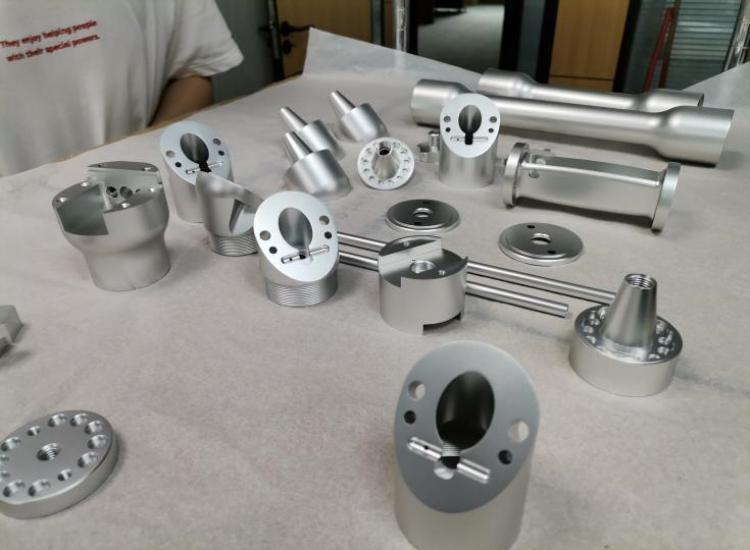CNC ABS Plastic
Process: CNC machining
Finish: /
Drawing:2D(CAD, PDF), 3D(STP, STEP)
Material Properties of ABS: ABS is a thermoplastic polymer that is widely used in manufacturing due to its good mechanical properties, impact resistance, and ease of processing. It is also relatively inexpensive compared to other plastics. However, it can be challenging to process because it easily melts or deforms at high temperatures.
Advantage:
1. Good stamping resistance. Generally, it can reach 0.05mm~0.1mm. For prototypes with relatively high precision and high performance requirements, CNC processing equipment is suitable for cutting, milling, drilling and other processing operations.
2. High design freedom: CNC machining can be processed directly according to CAD design files. It has the advantages of high design freedom and can process complex curved surfaces, and is suitable for manufacturing parts of various shapes.
3. Wide range of applications: ABS plastic has good impact resistance and chemical resistance, and is suitable for manufacturing various parts, such as auto parts, electronic product casings, household appliances, etc.
4. Customized production: CNC processing can be customized according to customer needs. It can flexibly respond to the processing requirements of different parts and is suitable for small batch or personalized production.
shortcoming:
1. Slow processing speed: CNC processing usually requires layer-by-layer cutting, the processing speed is relatively slow, the processing cycle is long, and it cannot meet the needs of mass production.
2. Not suitable for prototypes of small, complex and large parts: CNC charges by working hours. CNC processing is suitable for processing small to medium-sized parts. The processing efficiency of parts with large or small complex structures is low, and the use of CNC processing increases production costs.
3. ABS plastic also has relatively low thermal deformation temperature and thermal conductivity: before processing, put the ABS plastic into a heat treatment furnace, which can slowly heat the material, keep it at the annealing temperature, and then slowly cool it to eliminate internal stress and avoid deformation.
4. Poor surface finish: Plastics with processing marks or shock lines will not meet surface quality requirements. Additionally, any scratches and lines can make clear parts appear molded. It is also important to ensure that these cutting tools are kept sharp to prevent damage to the plastic surface.
5. A lot of waste: CNC processing usually requires cutting raw materials into shape, which produces a large amount of waste and requires subsequent processing, which increases costs and environmental pressure.











